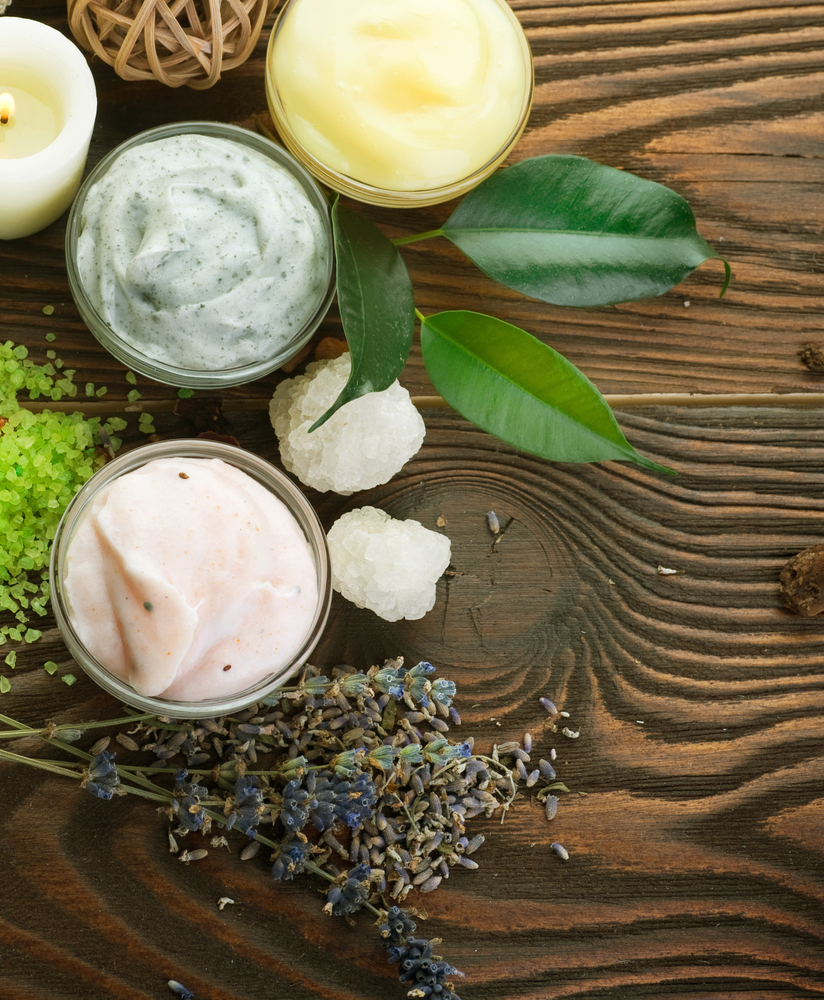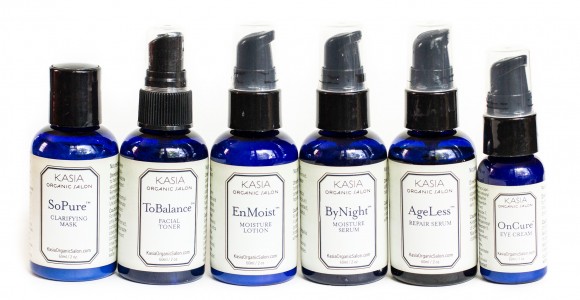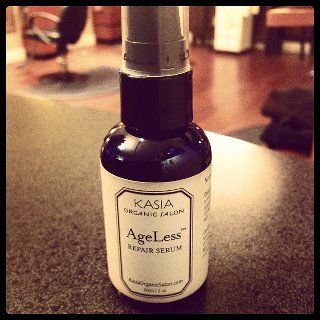Research suggests that the sun is what causes wrinkles and 80% of all of the signs of aging and the other 20% of the signs of aging are caused by toxins and environmental damage.
Free of artificial preservatives, parabens, or other harfmul ingredients, Kasia onCure Eye Cream takes the efficient, but safe approach to treating under-eye wrinkles and the other signs of aging.
The eye area is one of the first regions of the face to show the signs of ageing. The skin around the eyes is deprived of oil glands and is very delicate and that’s why the skin doesn’t have a protection against the environments influences and UV rays.
Other underlying cause of bags and dark circles is poorly circulating fluids due to weakening capillaries. You can improve the strength of those capillaries, with the right nutrients internally, as well as applied directly in order to quickly get rid of wrinkles, bags and circles.
To get rid of eye wrinkles, you also need to stimulate the production of collagen and elastin. Kasia onCure delivers amino acid protein peptides that have been proven scientifically to help you do just that.
Kasia OnCure Eye Cream
* Reduces dark circles, shadows and fine lines.
* Prevents puffiness and reduces eye bags.
* Reinforces firmness and tone.
Key Active Ingredients
Prunus Armeniaca (apricot) Kernel Oil
Commonly referred to as Apricot Kernel Oil, this oil is pressed from the kernels of the Apricot fruit. It is rich in essential fatty acids, which are vital components of the human organism. As a result, this nourishing oil helps to replenish and rebuild the skin.
Borago Officinalis (borage) Seed Oil
Used to prevent aging and wrinkles by fighting dehydration and the loss of skin elasticity. Borage also stimulates skin cell regeneration and rejuvenation, and is rich in minerals and linoleic acid.
Butyrospermum Parkii (shea) Butter
Kasia chooses shea butter for it’s unique fatty acid profile, which gives the ability to moisturize and retain the elasticity of the skin.
Chrysin
Chrysin is a naturally occurring flavone, extracted from the blue passion flower. It promotes the elimination of blood originating pigments from under the eyes. Chrysin eliminates the by-products of hemoglobin degradation, which aids in reducing the appearance of dark under eye circles.
Palmitoyl Tetrapeptide-3
Kasia trusts this protein will bring direct action to noticeably reduce under eye puffiness in four weeks. This product is clinically proven to help correct poor drainage by increasing the lymphatic exchange and achieving proper circulation of the extra cellular fluids. This powerful peptide counteracts skin slackening, perking up and increasing the firmness of the fragile skin area around the eye.
It also decreases irritation that could lead to puffiness.
The skin around the eyes is very delicate and sensitive, and that’s why you should use special eye creams or gels that are specifically made for the delicate eye area. Most of them contain ingredients that relax the muscles, vitamins, retinol and collagen.
Other tips for treating wrinkles
* Always apply sunscreen, especially during the summer months
* Avoid using creamy eye shadows- they may seep into your fine lines and accentuate them even more
* Get plenty of sleep
* Drink lots of water, at least 1.5 liter
* Wear hats and black sunglasses especially during the summer
* Avoid smoking – it makes you squint and deprive your skin from “air”
* Take vitamins and eat lots of vegetables and fruits
Kasia Organic Salon is the pioneer of healthy beauty that delivers results to fit your lifestyle, because only Kasia is the authority in 100% natural products & services.
Learn more about Anti-Aging, and the “Underlying causes of skin health” at www.Kasiaorganicsalon.com









